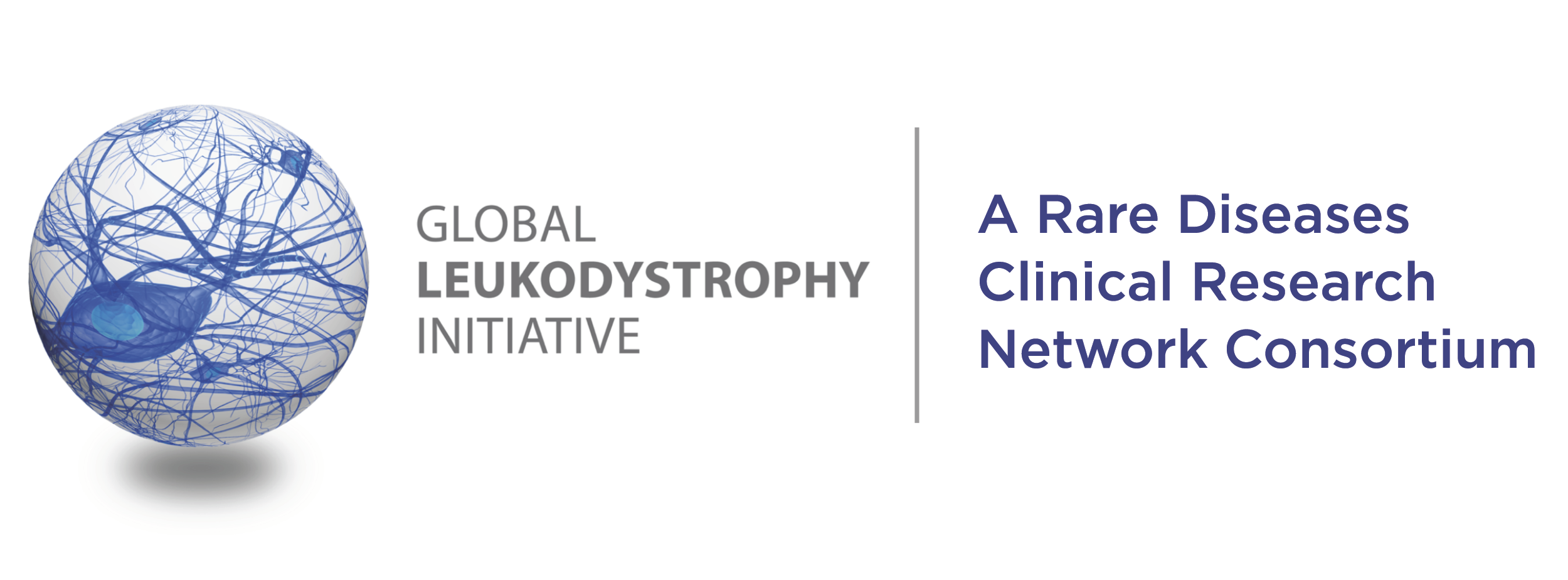What is the GLIA?
The Global Leukodystrophy Initiative (GLIA) was founded in 2013 to bring together clinicians, researchers and advocacy leaders to focus and improve both clinical care and research. The Founding Centers (Hyperlink To Be Added) established a clear set of objectives, all of which remain relevant to this day.
To develop a biorepository of clinical data, MRI images, and biologic samples for both solved and unsolved leukodystrophies;
To identify novel nosologic entities among cases of unsolved leukodystrophies, and use banked samples to identify new molecular etiologies;
To collect natural history data on individual leukodystrophy cases in order to provide a natural history cohort for future clinical trials;
To create a mechanism to identify eligible individuals for clinical trials being conducted by GLIA members;
To provide an infrastructure to support development and testing of novel therapeutics in the leukodystrophy population.
The Founding Centers (Hyperlink To Be Added) recognized that achieving these goals would require a concerted effort including stakeholders worldwide. They organized a series of in-person meetings to identify areas of unmet need, establish research priorities, define best practices for sharing and use of data/samples, and solicit feedback from key leaders within the clinical, research, and advocacy communities. Subsequent meetings were live-streamed and recorded (Hyperlink To Be Added) to reach an even broader audience. The community identified an unmet need for robust natural history data to support future clinical trials, which led to the establishment of several disease-specific working groups. Each of these groups remains active to this day, supported by a combination of funding sources. The groups include clinical and research experts, as well as advocacy and industry stakeholders, to ensure that goals are continuously assessed and defined, and that the data and findings produced by each group remains accessible by all those who share an interest in accelerating the development of novel therapeutics for the leukodystrophies.
In late 2019, the Global Leukodystrophy Initiative was invited to become a formal member of the Rare Diseases Clinical Research Network (RDCRN), an NIH-funded research network of 23 research groups - teams of researchers, patients and clinicians - focused on a variety of rare disorders. The network fosters collaborative research among scientists to better understand how particular rare diseases progress and to develop improved approaches for diagnosis and treatment. A five-year federal award allowed consortium leaders to establish the Global Leukodystrophy Initiative Clinical Trials Network (GLIA-CTN), a formal network of research sites across the United States, supported by a centralized regulatory and technical infrastructure, to permit greater access to by patients and families nationwide.
Founding Centers
<Text/Link To Be Added>
Active Collaborators
<Text/Link To Be Added>
Natural History Workgroups
<Text/Link To Be Added>
